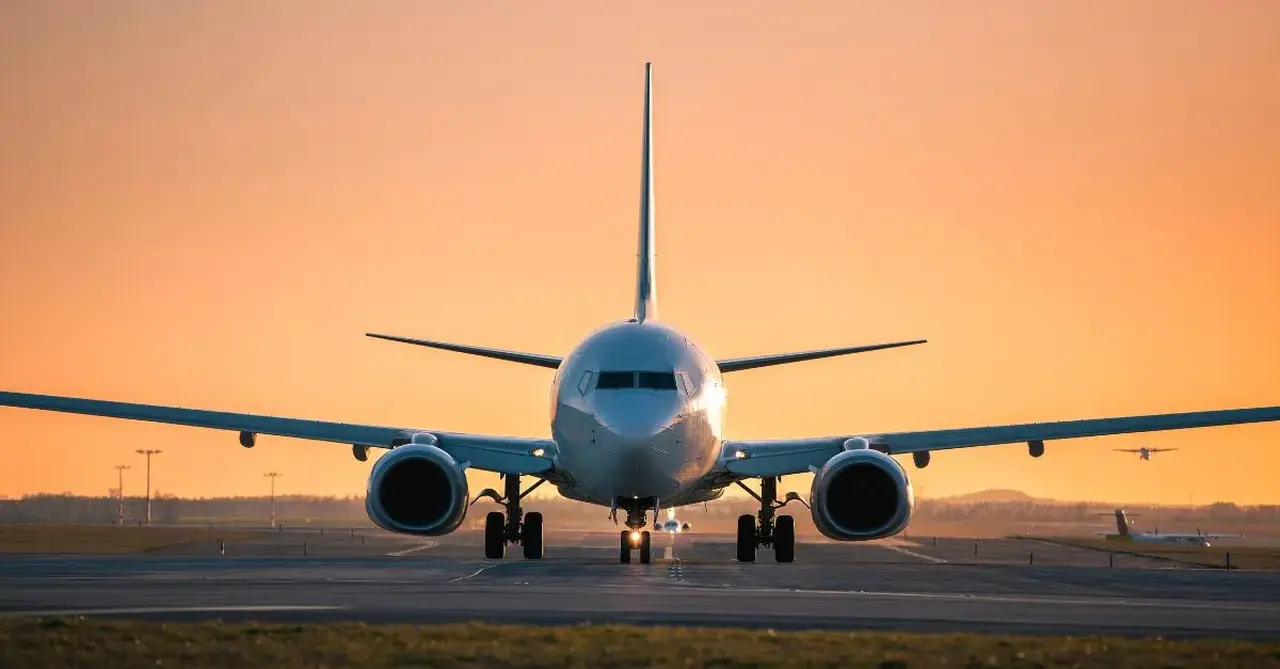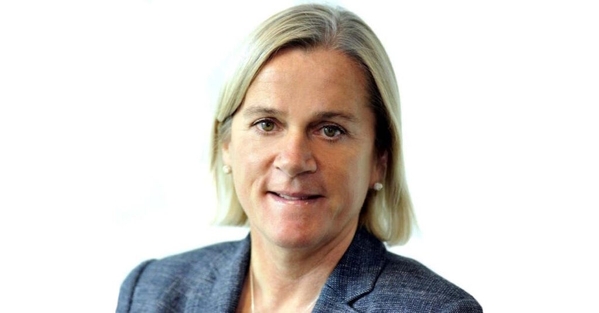Global air traffic growth outpaced capacity in August, Iata reports
Global air passenger traffic grew 4.6% year on year in August, marginally ahead of a 4.5% increase in capacity, according to Iata, taking the average load factor to a record 86% for the month.
Iata reported international traffic grew even more at 6.6% against August 2024, with capacity up 6.5% year on year.
However, domestic traffic globally was up just 1.5% on the previous year, although it was ahead of a 1.3% rise in capacity.
Iata director general Willie Walsh hailed “a new record high” for the northern hemisphere’s peak summer travel season, noting aircraft “were operating with more seats filled than ever”.
He said: “The global growth trend shows no signs of abating despite economic uncertainties and geopolitical tensions. October schedules show airlines planning 3.4% more capacity.”
Walsh argued: “Airlines are doing their best to meet travel demand by maximising efficiency, making it even more critical the aerospace manufacturing sector sort out its supply chain challenges.”
Traffic was up 4.2% year on year in Europe, on a par with the 4.2% capacity increase in the month, but traffic only rose 0.5% in the world’s biggest market North America and lagged the 1.6% increase in capacity.
By contrast, air traffic in the Asia Pacific region rose 6.1% year on year, ahead of a capacity increase of 5.5%, and traffic in the Middle East rose 8.4% compared with a 7% increase in capacity.
A 7.5% increase in passenger traffic in Latin America and the Caribbean was 1.6% percentage points ahead of the capacity increase, while a near 9% rise in air traffic in Africa was 2.3 percentage points ahead of the increased capacity.
International traffic in Europe rose 5.3%, exactly in line with capacity, while carriers in North America saw a 1.8% traffic increase against a 2.6% increase in capacity year on year – a fourth consecutive month in which capacity has grown ahead of demand.
Middle East carriers saw an 8.2% increase in international traffic in August, with capacity up 6.9% year on year, while Asia-Pacific airlines benefited from a 9.8% increase in international demand – ahead of a capacity increase of 9.5% – driven by strong demand from China and Japan, with demand in both markets up by almost 12% year on year.
In the US domestic market, the average load factor was down year on year for an eighth consecutive month, with demand falling 0.2% against a 1.1% increase in capacity.
Iata measures passenger demand by revenues per kilometre (RPKs) so the figures reflect not just the number of passengers, but the distance flown.


















